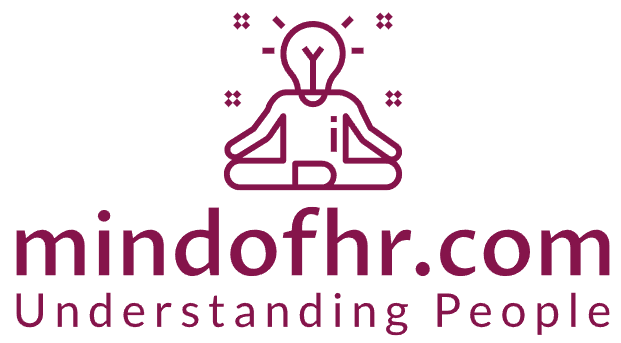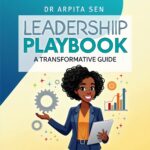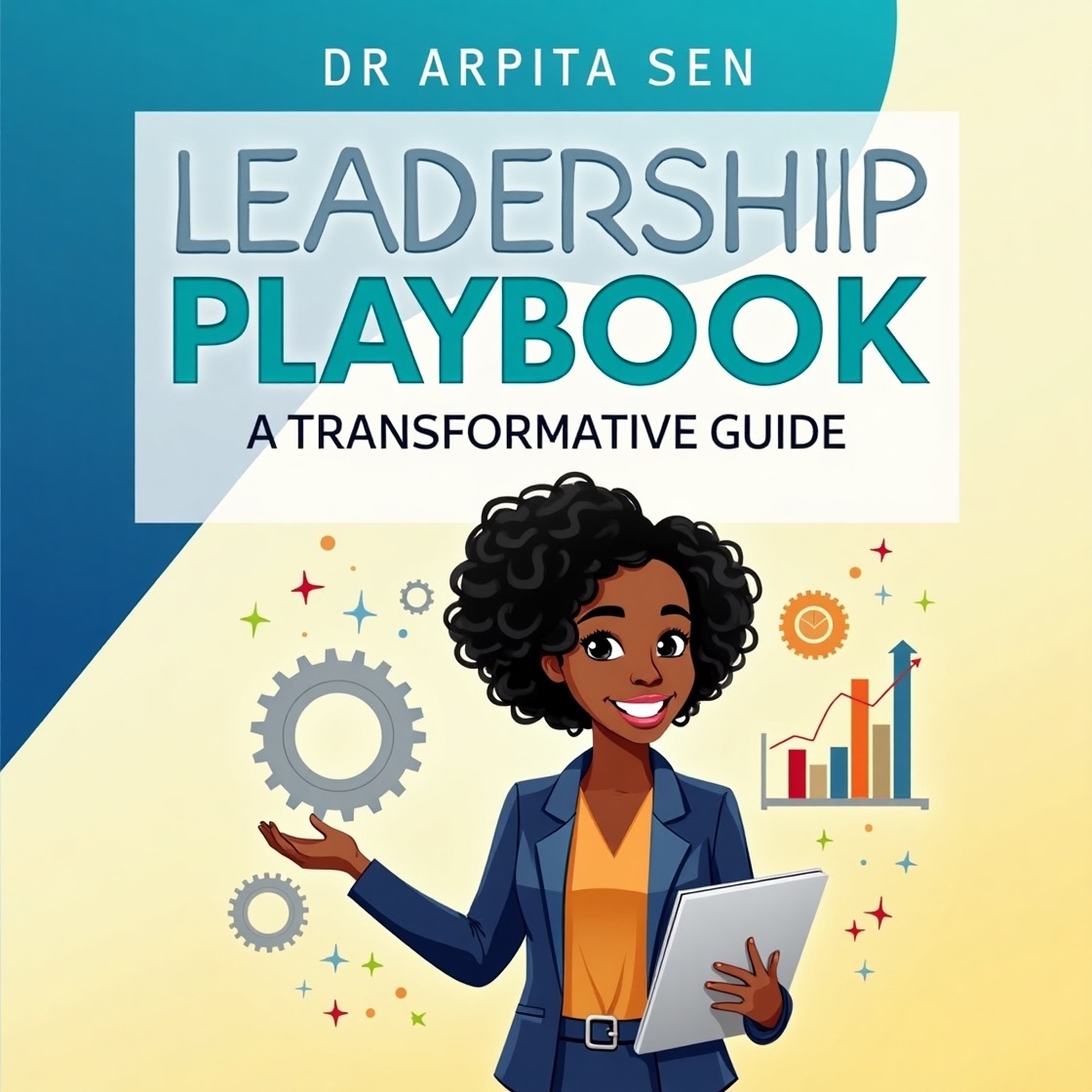How L&OD Can Unlock Hidden Brilliance by Embracing Cognitive Diversity?
“Neurodiversity is not a challenge to fix. It’s a superpower to unleash.”
When Ravi joined his new role as a software tester, he barely spoke in team meetings. Diagnosed with autism spectrum disorder (ASD), he struggled with the traditional onboarding process—bullet-heavy slides, verbose welcome speeches, rigid schedules. But when the L&D team switched to a flexible, visual learning module with one-on-one mentorship, Ravi didn’t just catch up—he flourished. In a month, he optimized a testing framework that reduced bug triaging time by 30%.
Ravi is not alone. He represents a wave of untapped brilliance waiting to be included—and empowered.
The Neurodiversity Imperative
Neurodiversity includes individuals with cognitive profiles such as autism, ADHD, dyslexia, dyspraxia, Tourette’s syndrome, and more. According to Deloitte, 15–20% of the global population is neurodivergent, yet less than 10% of corporate learning frameworks are designed with this diversity in mind.
Stat Check:
- 75% of neurodivergent individuals mask or camouflage their traits at work, leading to burnout.
- Companies embracing neurodiversity are 92% more likely to innovate, per Harvard Business Review.
The question is no longer should L&D embrace neurodiversity—but how fast can we adapt before we lose talent that thinks differently?
What’s Missing in Traditional L&OD?
Most L&D programs follow a linear, one-size-fits-all model:
- Slide decks ✔
- Webinars ✔
- Written assessments ✔
But for a dyslexic learner who thrives on audio input, or a hyper-focus-driven ADHD mind needing movement-based breaks, these traditional modes feel like trying to learn underwater—with fogged goggles.
And when learning feels inaccessible, potential stays locked.
The Shift: From Standardization to Personalization
We need to move from compliance learning to cognitive empowerment. This is where L&OD leaders must take the lead—designing environments that adapt to brains of all kinds.
Introducing the C.O.D.E. Framework for Neuro-Inclusive L&D:
Curate – Offer multimodal learning options (video, audio, infographics, podcasts, gamification).
Offer Flexibility – Let learners pace themselves and choose formats that work for their cognition.
Design Safety – Psychological safety is not optional; it’s oxygen for learning.
Equip Trainers – Sensitize facilitators to neurodivergent cues and support needs.
“Our neurodivergent employees are some of the most innovative thinkers we have. All we had to do was meet them halfway.”
Best Practices from Pioneers
SAP’s Autism at Work Program
SAP launched this to integrate neurodivergent talent across functions. Their L&D team co-created onboarding programs with autistic individuals—focusing on clarity, visual sequencing, and predictable structures.
Microsoft’s Inclusive Hiring & Learning Toolkit
Microsoft created an internal “Neurodiversity Hiring Program” with tailored assessments and job simulations. Their L&D unit followed up with accessible, mentor-led learning journeys—reporting 30% improvement in retention and engagement.
EY’s Dyslexia-friendly Training Modules
EY redesigned its compliance training with audio narration, visual mind maps, and interactive quizzes. Their pilot showed a 40% increase in completion rates among neurodivergent learners.
These companies are not just ticking the inclusion box—they’re re-engineering learning from the inside out.
The Future of Neuro-Inclusive L&D
Imagine this:
- A leadership course that automatically adjusts delivery based on EEG-measured attention.
- Custom learning paths generated by an AI that understands your cognitive fingerprint.
- VR training environments for ADHD learners to experience instead of read.
Futuristic? Yes. Impossible? Not anymore. Companies are already beta testing adaptive learning platforms using neurofeedback and AI personalization.
“Cognitive diversity is the DNA of innovation. If we ignore it, we’re building teams with one eye closed.” – Dr. Arpita Sen
What L&OD Leaders Can Do Today?
Here’s how you can start integrating neuro-inclusivity right now:
- Audit Your Learning Assets – Are they overly text-heavy? Rigid? Culturally narrow?
- Create a Neuro-Inclusion Taskforce – Include neurodivergent employees in content co-creation.
- Train Your Trainers – Facilitation should include empathy, not just expertise.
- Offer Self-paced & Multi-format Modules – Cater to different processing styles.
A Thought to Reflect
When was the last time you asked a neurodivergent learner what they needed—without assuming?
What if their way of thinking is the key to your next innovation breakthrough?
As L&OD leaders, our role is not just to develop talent—it’s to unearth it, empower it, and let it shine in all its unique brilliance. Neurodiversity is not a compliance issue. It’s not a charity mission.
It’s your strategic advantage.
Let’s not just teach—let’s build worlds where every mind belongs.










